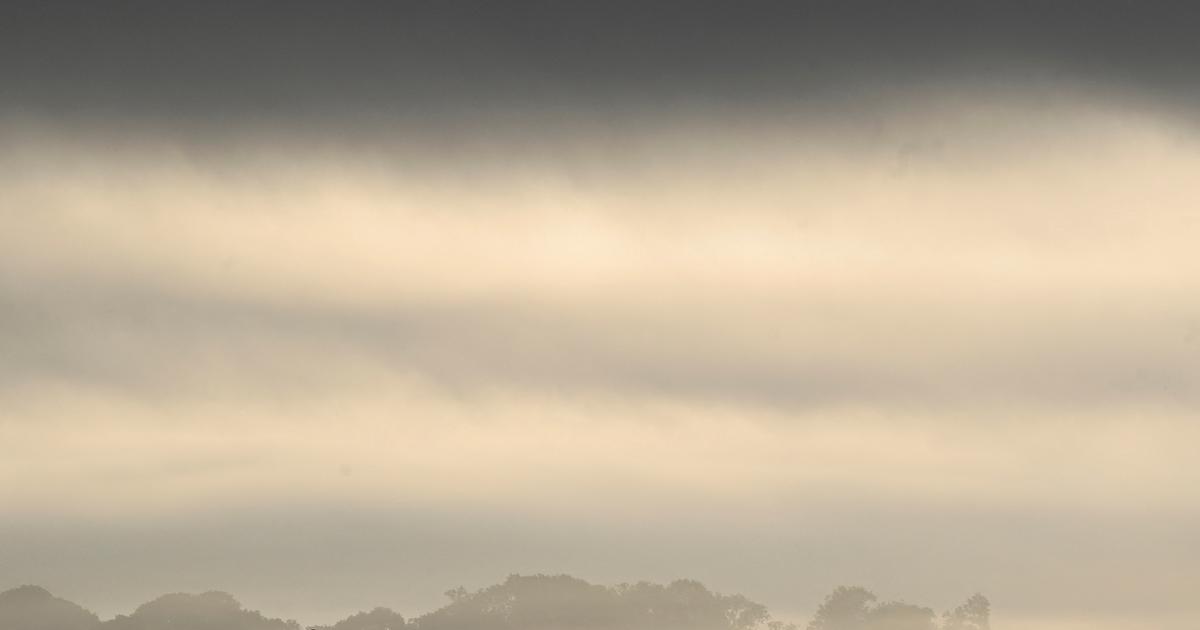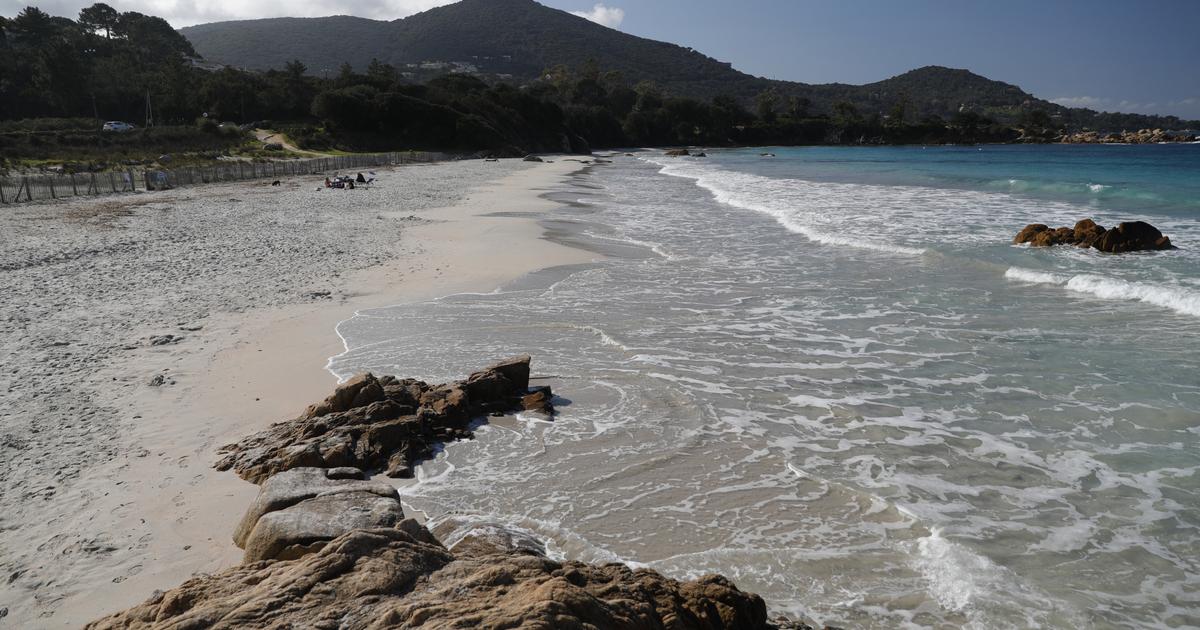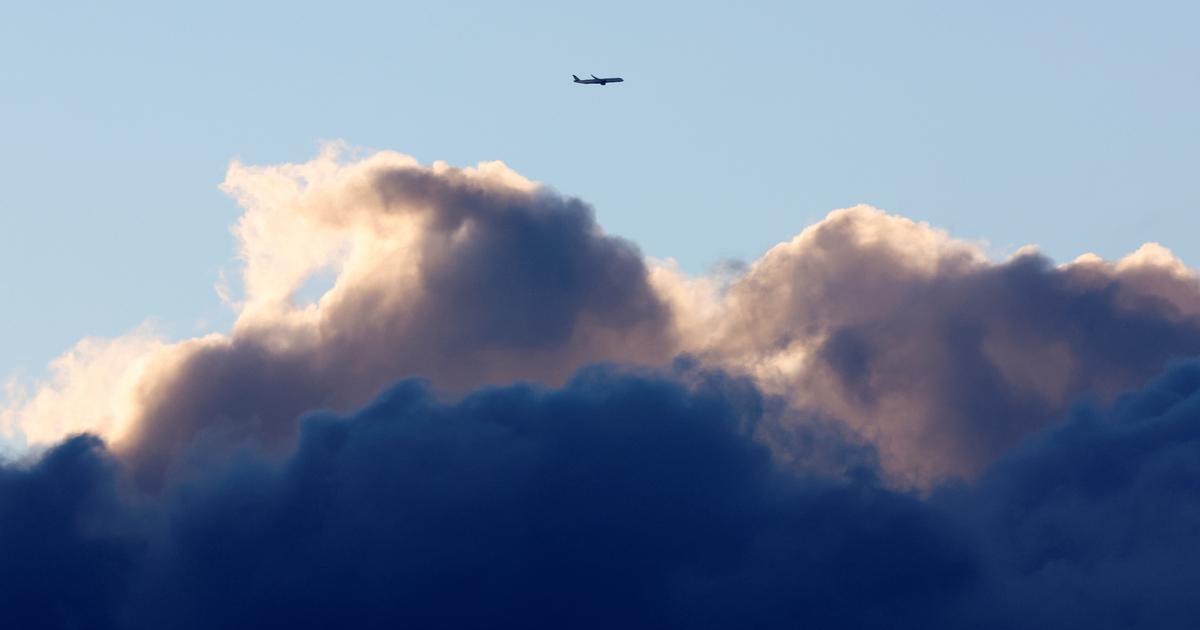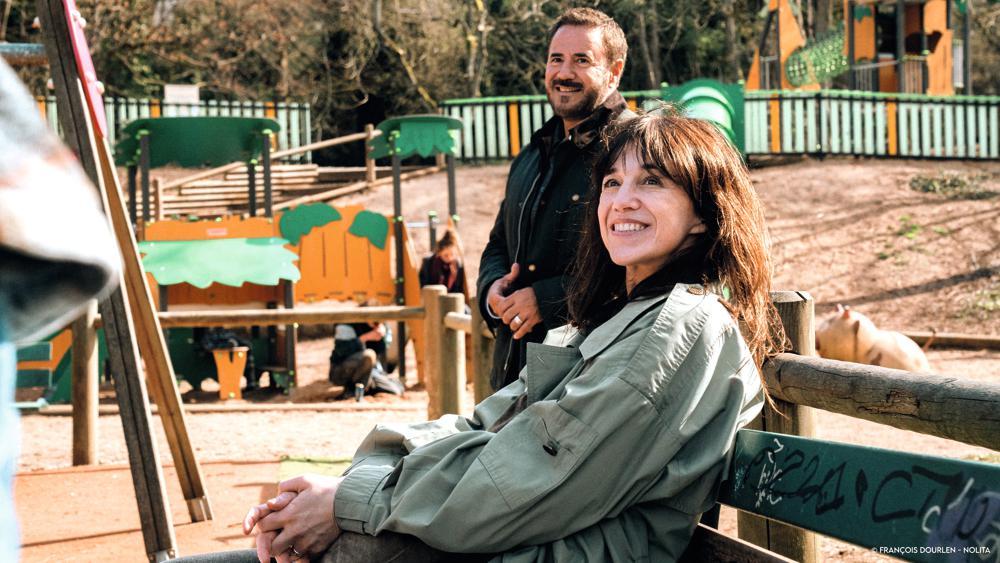The sun is long overdue, but when it appears, faces light up: clamor and arms rise among the thousand-year-old stones of the English prehistoric site of Stonehenge for the summer solstice.
To discover
Find all the results of the legislative elections
At 4:49 a.m. (3:49 a.m. GMT), sunrise time on Tuesday June 21, the longest day of the year, the star is very timid in a sky as hazy as the minds of many of the revelers who spent the night on the spot.
Read alsoStonehenge lights up in the colors of Queen Elizabeth II for her jubilee
The event brought together a total of 6,000 people for sunset and sunrise on Tuesday - according to the site manager and the police - in the first major summer celebration at Stonehenge since the start of the pandemic.
Erected around 4,500 years ago, the famous set of megaliths is aligned with the axis of the sun during the summer and winter solstices.
"Maybe we'll see it around 10 a.m.,"
jokes Jade Tetlon, who came to Stonehenge for the first time from Leicester in central England with a friend.
Surrounded by the tunes of the flute, the drum, the song of the birds and the bleating of the sheep, but also the rumble of the trucks on the expressway which is not far away, the 35-year-old young woman finds herself immersed in the unique atmosphere of the place.
In the air floats a mixture of smells of incense and grass, despite the ban in force stated at the entrance to the site.
Yoga in a toga
But at 5:08 a.m., the sun finally emerges from the mist, greeted by whistling and cheers, but also a massive lifting of cellphones.
Facing the star, two ladies, crowns of synthetic flowers in their hair, open and close their arms, to greet
"the new energy"
of the summer sun, explains one of them, Joanna Willma.
Read alsoThe origin of the Stonehenge stones finally established
A little further on, a group, which includes a handful of men in togas, is doing yoga facing the sun.
The members of another group, headphones on, hold hands in concentric circles in a slight sway before hugging each other in pairs, moved and smiling.
Stonehenge is the
“most architecturally sophisticated prehistoric stone circle in the world”,
according to Unesco, which declared it a World Heritage Site in 1986. In the 17th century the theory emerged, since dismissed by the historians, that Stonehenge was built by Druids.
“Fragile” Monument
The new age druids thus remain very present and celebrate solstices and equinoxes on the site.
During a ceremony before sunrise, the “Archdruid of Stonehenge”, Rollo Maughfling, thus launched incantations to peace at the four cardinal points, invitations to the sun and the earth, taken up in chorus by the assistance.
But also incantations for the release of the founder of WikiLeaks, Julian Assange, for
"peace between Russia and Ukraine"
, at the end of global warming.
“People seem very respectful when we do our ceremonies,”
he explains, noting that many newcomers sometimes defy the ban on climbing the stones which, he points out, have resisted over millennia.
The curator of the site, Heather Sabire, notes that despite the size of the stones, the monument is
“fragile”.
"There are a lot of things you can't see with the naked eye,"
she explains.
Among the many visitors, some do
“almost ceremonies themselves”,
she underlines,
“it is almost a place of worship for them”
.
To the point of giving rise to scenes of embraces and communion with the stone.
Read alsoBronze Age tombs discovered near the Stonehenge megaliths
According to local police, this summer solstice at Stonehenge resulted in only two arrests, for an assault and a narcotics case.
The history of the site has however known a tumultuous past.
On June 1, 1985, riot police intervened to stop a
"freedom convoy"
protesting an exclusion zone set up to protect the site.
After these events resulting in several injuries, and where 400 people were arrested, it took fifteen years for the site to be accessible again for the solstice.









